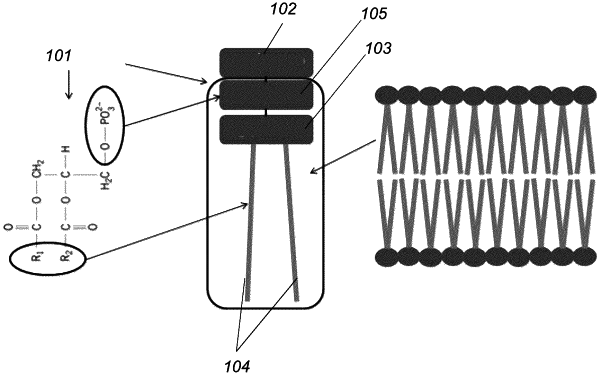| CPC A61K 9/1271 (2013.01) [A61K 31/704 (2013.01); A61K 41/0028 (2013.01); A61K 47/6849 (2017.08); A61K 47/6855 (2017.08); A61K 47/6913 (2017.08); A61M 37/0092 (2013.01); A61P 35/00 (2018.01)] | 20 Claims |

|
1. A method of treating cancer in a mammal, the method comprising:
delivering an actively targeted liposome to the mammal, the actively targeted liposome comprising:
a lipid bilayer forming a spherical shell, the spherical shell comprising an interior liposomal cavity, the lipid bilayer comprising cholesterol and polyethylene glycol,
a plurality of trastuzumab molecules linked to a surface of the actively targeted liposome, and
a chemotherapeutic drug, the chemotherapeutic drug comprising at least one of a hydrophilic chemotherapeutic drug contained within the interior liposomal cavity and a hydrophobic chemotherapeutic drug contained within the lipid bilayer of the actively targeted liposome; and
allowing the actively targeted liposome to circulate throughout a circulatory system of the mammal for a time sufficient to allow aggregation of a therapeutic quantity of actively targeted liposomes at a treatment area comprising a cancer;
applying ultrasound to the treatment area such that the actively targeted liposome is critically disrupted thereby releasing the chemotherapeutic drug in the treatment area;
wherein the ultrasound applied to the treatment area comprises a low frequency ultrasound with a power density between about 0.002 W/cm2 and 0.060 W/cm2.
|